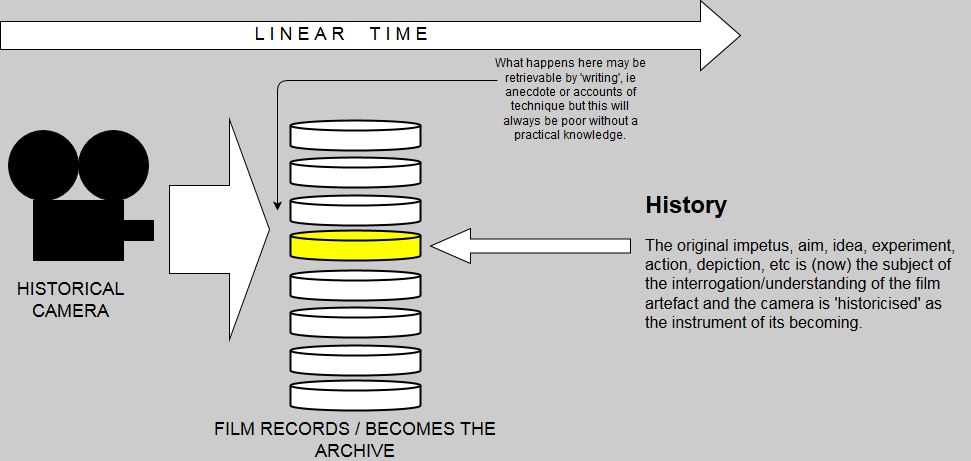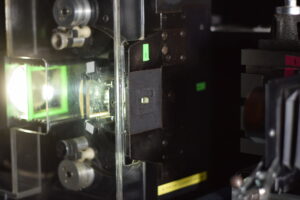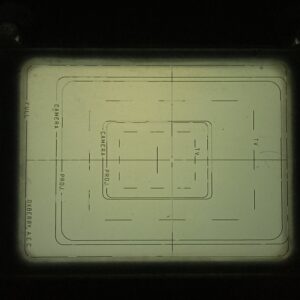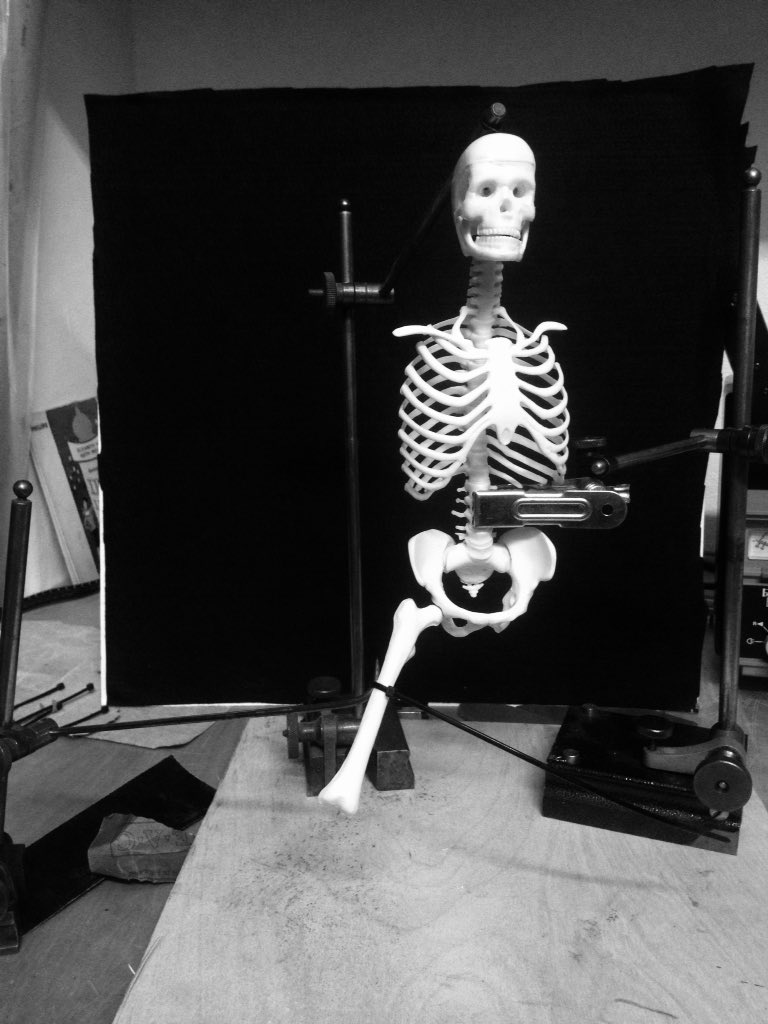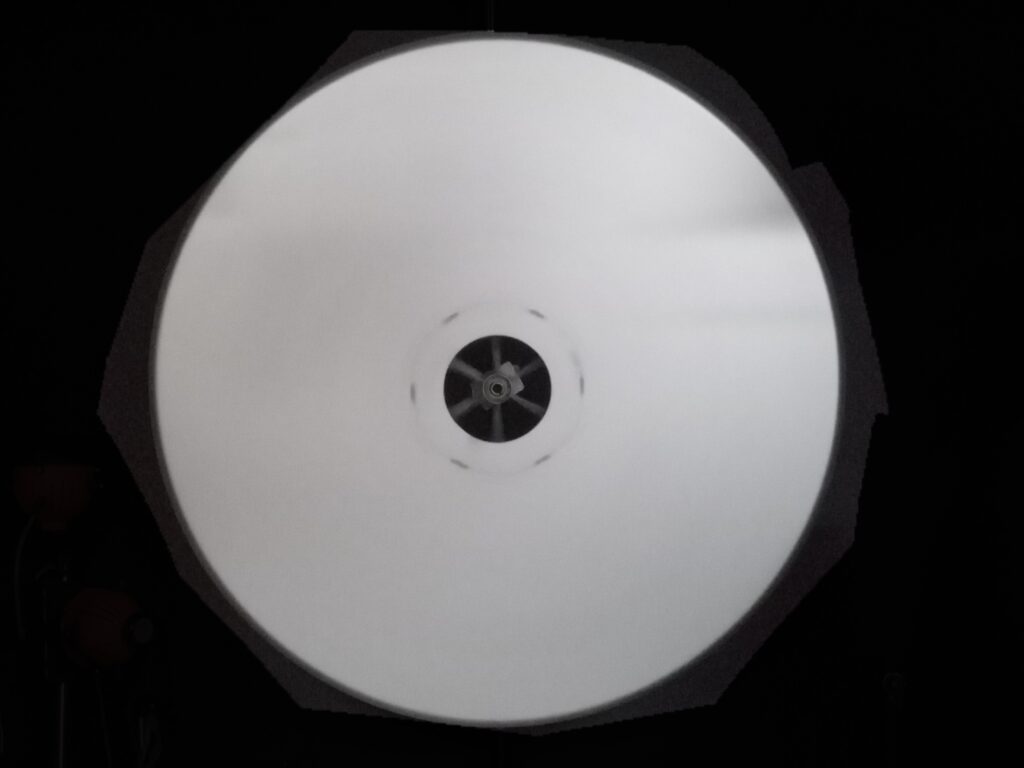Below is a selection of films ‘rescued’ from an online digital network (sales orientated platform ‘ebay’). Being cleared from someone’s loft or basement, being sold to raise money or perhaps being offered lovingly into the care of just about anyone willing to pay a few quid, its hard to know the full story behind each individual reel of film. Even though, through sales transaction details I will endeavour to make source information (seller) part of the objects archival record and keep data on price, location, etc.
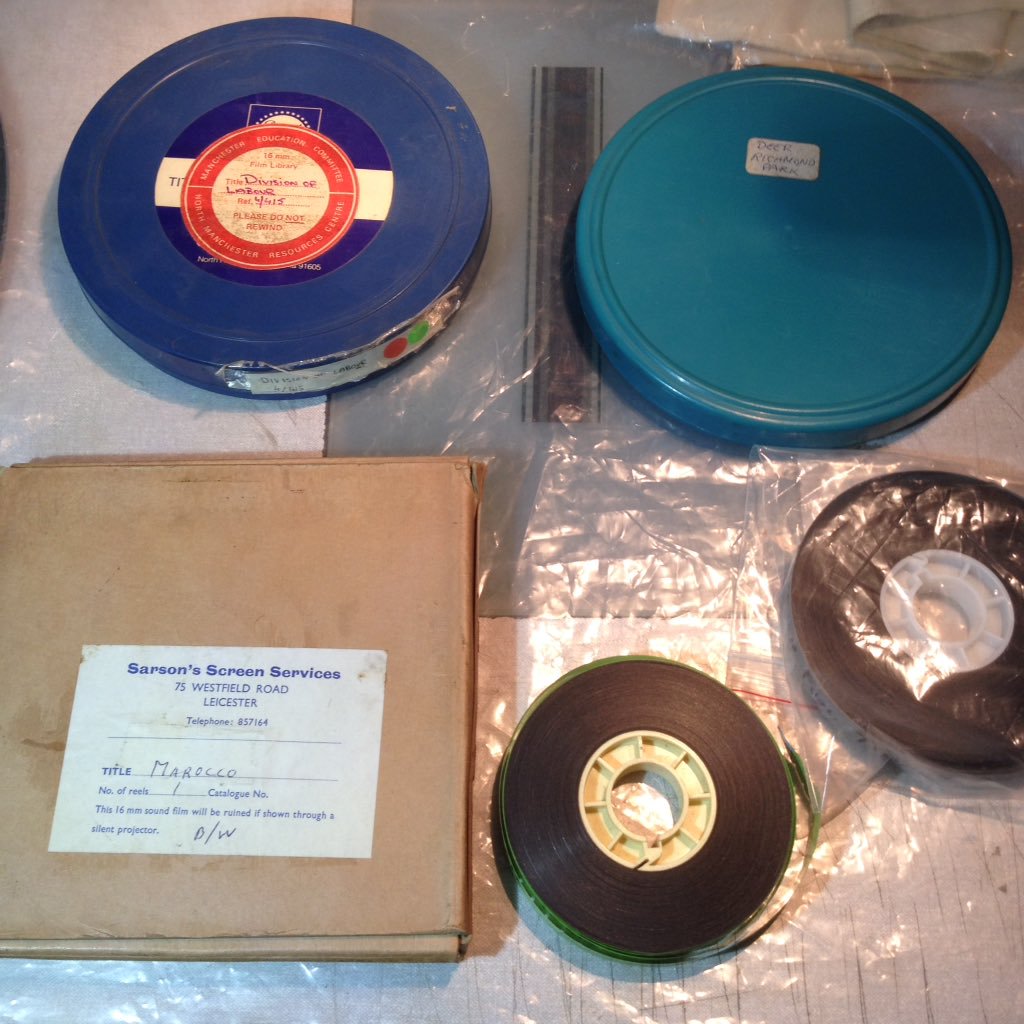
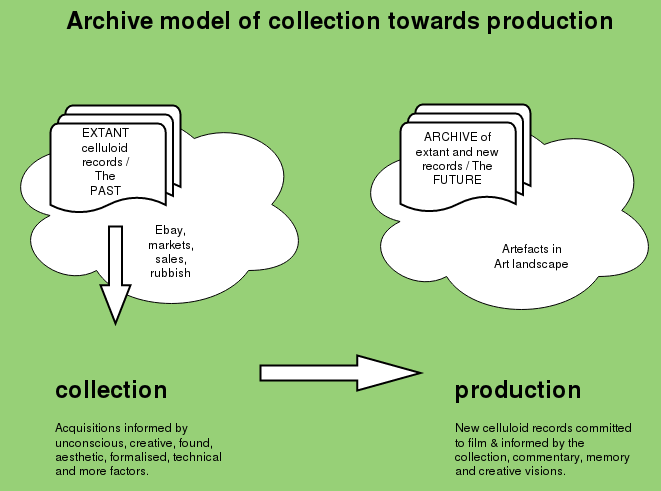
The archive activates the necessity to make new archival records, ie shoot on film, store on film and arrange as for any serious film archive. It does this in several connected ways. It is free to respond to acquisitions made for the collection by re-photographing images in order to understand and examine them thus creating new records. Both these productive impulses being informed by the spectral and oneric nature of selections, albeit personal and autoethnographic. It allows collected films to inform present moment observations, ie revisiting a place or subject, held so far in time in the form of extant records in order to extend their range and leave a mark on them to represent the ‘now’, ie it references concrete images from a new perspective. Lastly it attempts to transform the nature and status (perhaps the most ambitious idea) of the films into artefacts that find a natural context in the Art landscape. And I am toying with the notion here of ‘art’ in the old sense of the word to mean technique. Does/can ‘Art’ transform anything itself? Is Art the ‘technique’ actually of ‘transformation’, the precise moment when a thing moves from one state/status to another?
In another sense although I’m fond of the idea of the camera IN the archive, I am also suggesting that the camera itself, as an ‘elemental’ (simple and made of metal) machine is also OUTSIDE of the archive because it is OUTSIDE of time. The camera is always ‘writing’ to the past, present and future. It is engraving images of the present that become the past and are retrievable in any future.
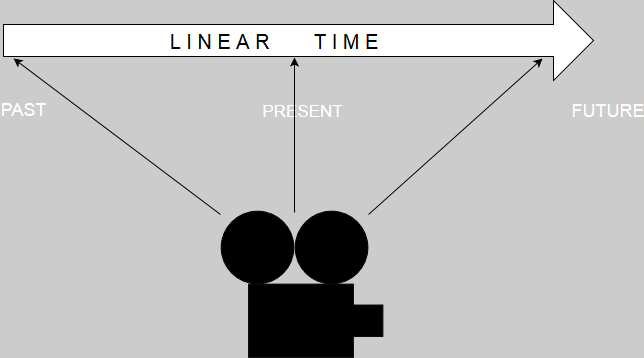
This endeavor of activating the archival camera is not opposed to this (below) more traditional model of academic study and research but rather finds a tension with it, at times, when expanding how we look at machines and their relation to the things they produced. The further ones travels through time, bringing the artefacts with them, the further the historical camera recedes into the past and the more we lose contact with any original impetus or experiment.
